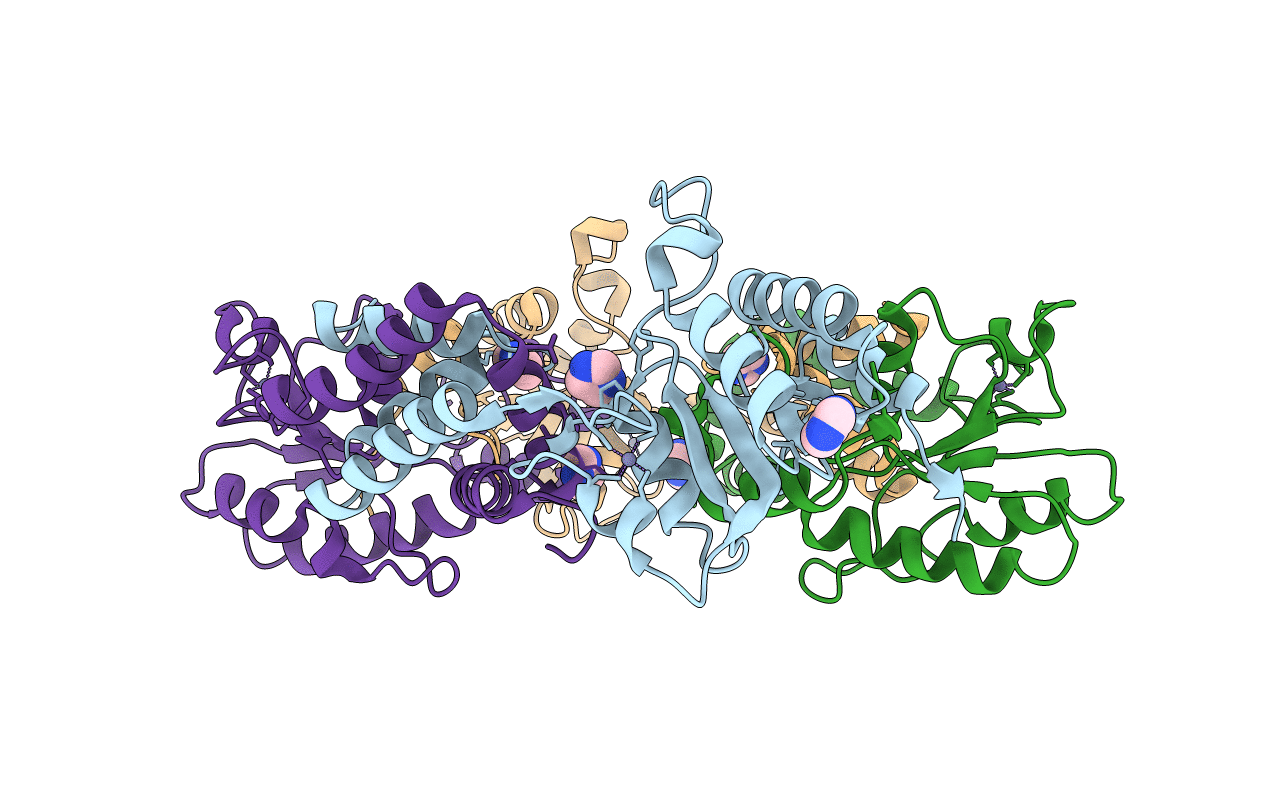
Deposition Date
2012-01-05
Release Date
2012-12-19
Last Version Date
2024-03-20
Entry Detail
PDB ID:
3VDP
Keywords:
Title:
Structure and biochemical studies of the recombination mediator protein RecR in RecFOR pathway
Biological Source:
Source Organism:
Thermoanaerobacter tengcongensis (Taxon ID: 273068)
Host Organism:
Method Details:
Experimental Method:
Resolution:
2.45 Å
R-Value Free:
0.22
R-Value Work:
0.19
R-Value Observed:
0.19
Space Group:
P 1 21 1


